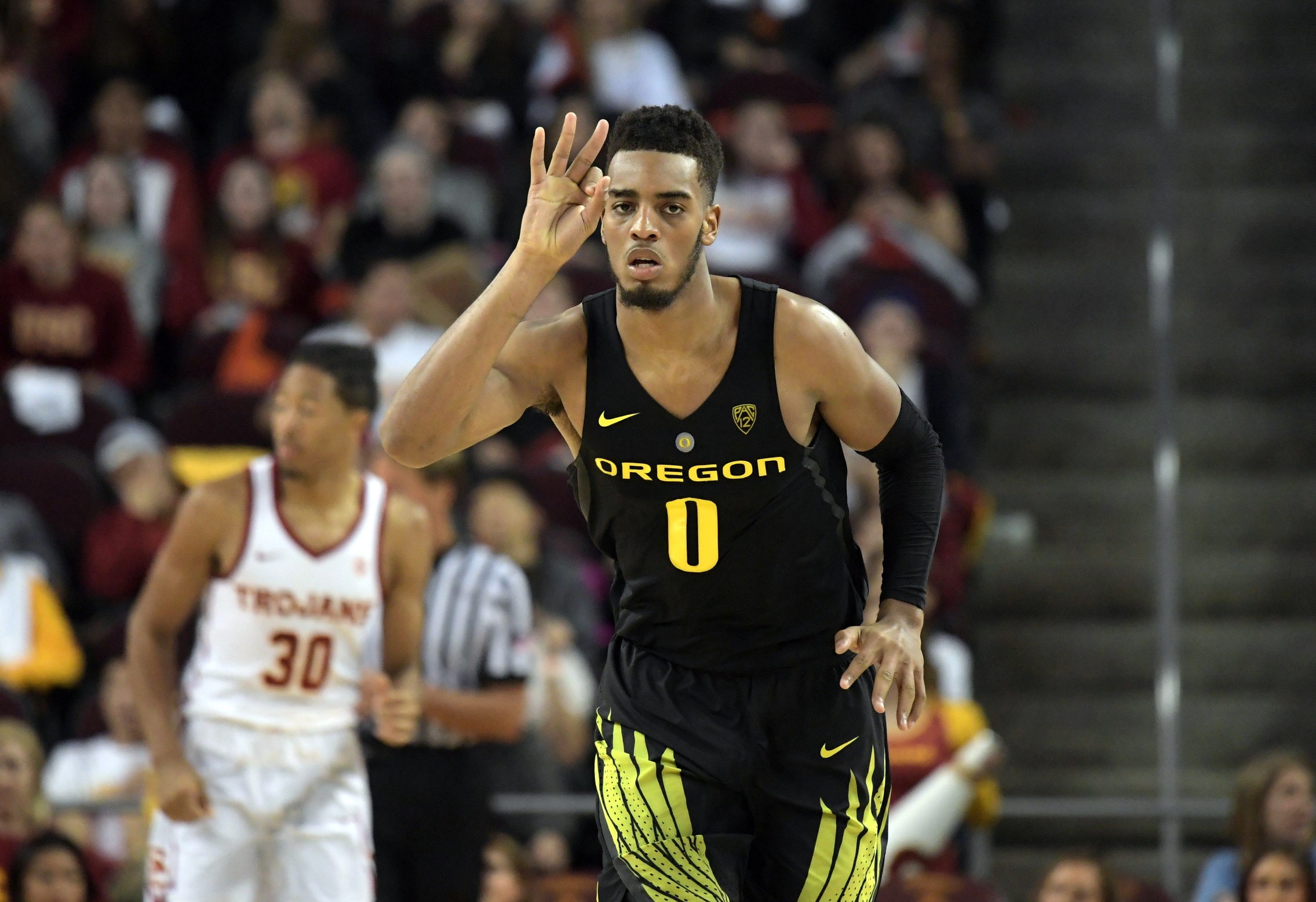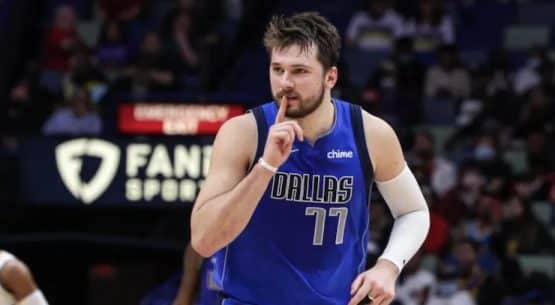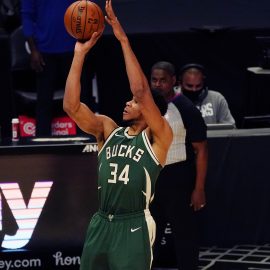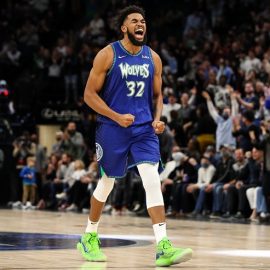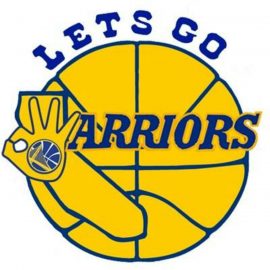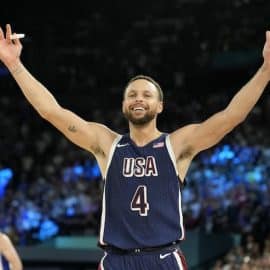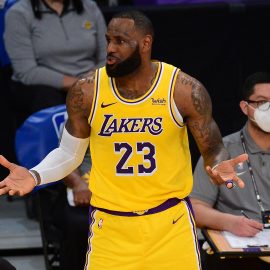Height: 6-7
Weight: 208 lbs.
Wingspan: 6-10
Birthday/Age: 7/28/99 (turns 19 in July)
Projected NBA Role: Guard/Wing
Hometown: Las Vegas, Nevada
School: University of Oregon
Strengths: Size, Versatility, Rebounding, Vision
Weaknesses: Shooting, Ball Security, Consistency
Upper Bound: Caris LeVert, Tyreke Evans
Lower Bound: Evan Turner, Lance Stephenson
[protected-iframe id=”284c15d65b7ee77cdd33f09b6b8e2276-142507471-56121583″ info=”https://www.sports-reference.com/cbb/seasons/2018.html?utm_source=direct&utm_medium=Share&utm_campaign=ShareTool” style=”overflow:auto” class=”sr_share_wrap”]http://www.youtube.com/watch?v=X6ZwfQ9doXU
Thoughts and Comparisons
Right now Troy is a young, rangy wing who doesn’t excel at any specific area of the game outside of maybe passing vision. That isn’t a bad thing. It means that he has shown the potential to impact the game on many levels without having excelled at one particular skill just yet. NBA teams will be pulling their hair trying to project whether he will develop into a versatile stud or a defensive role player. With his 6-7 height and 6-10 wingspan Brown has ideal measurements for an NBA shooting guard, which is why his impressive playmaking at 18 suggests the possibility of playing on and off the ball. The turnover rate could be improved by tightening up the handle. The shooting stroke is a bit broken and inconsistent at the moment. Brown’s rebounding effort and instincts are elite, although I wouldn’t expect NBA teams to draft guards while prioritizing rebounding at the position. This all adds up to Troy having to come to terms with becoming a small forward if he can’t develop a jump shot, and I can see many teams considering him as a draft prospect under the assumption that he bulks up and becomes their small forward.
The biggest impact Troy can make as a 19-year-old rookie in the league is on the defensive end. I can envision him guarding three positions. He can defend point guards at the point of attack. Contest shooters to the three-point line and physically contain some of the wiry wings. He’s still a kid and the expectation is that as the body fills out he will have the defensive positional flexibility to bang with bigger forwards and scrap with smaller guards. Offensively, I expect him to be a train-wreck early on. The lower usage he is the better. There will be a steep learning curve regardless of what his NBA teams expects from him as a point guard or shooting guard. He can’t yet run an offense and he can’t yet shoot, so he better pick his spots wisely and stay aggressive attacking the hoop and moving off the ball. Without too much responsibility, Brown can begin his career as a role player taking advantage of his length defensively and his vision offensively. His ability to run a solid pick-and-roll combined with commendable isolation defense at Oregon will go a long way in earning himself playing time as a rookie.
Ideal Landing Spots
Brown is a theoretical basketball player at 18 years young. Teams investing a draft pick on him will have to exhibit extreme patience with his development. Usually drafting prospects of his ilk in the lottery is an extremely high risk and considering some of the safer options in this draft class, I would not feel comfortable taking him any higher than 18 for the Spurs. If Kawhi is traded, the Spurs might be in line for their first real rebuild in two decades, and that would make them an ideal landing spot for theoretically positionally versatile two-way prospects. The Hawks at 20 and the Bulls at 22 are two other teams with fluid roster construction. I would love to see him coming off the bench as a secondary ball-handler for 15 minutes a game as a rookie with the possibility for an expanded role if his development is ahead of schedule.
Add The Sports Daily to your Google News Feed!
